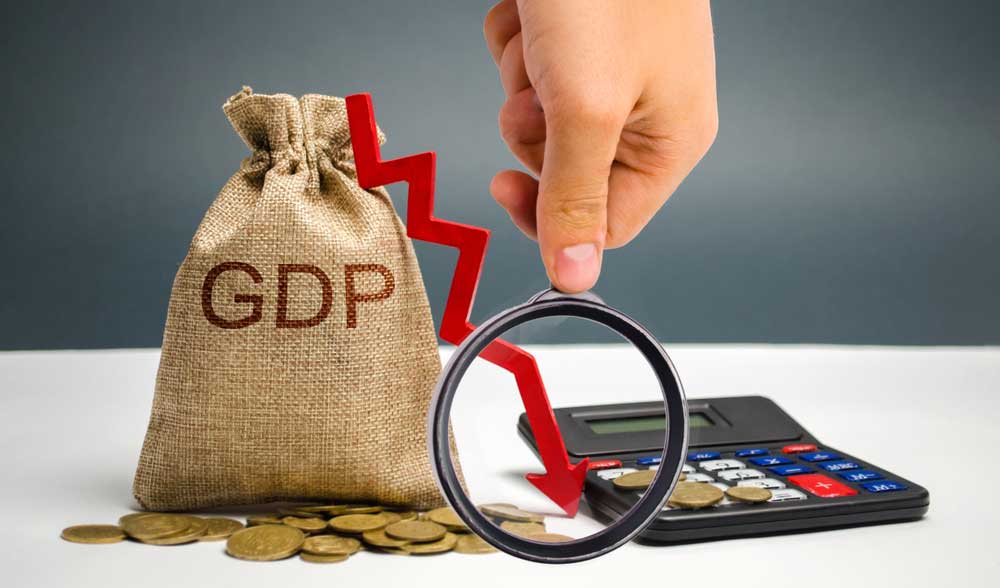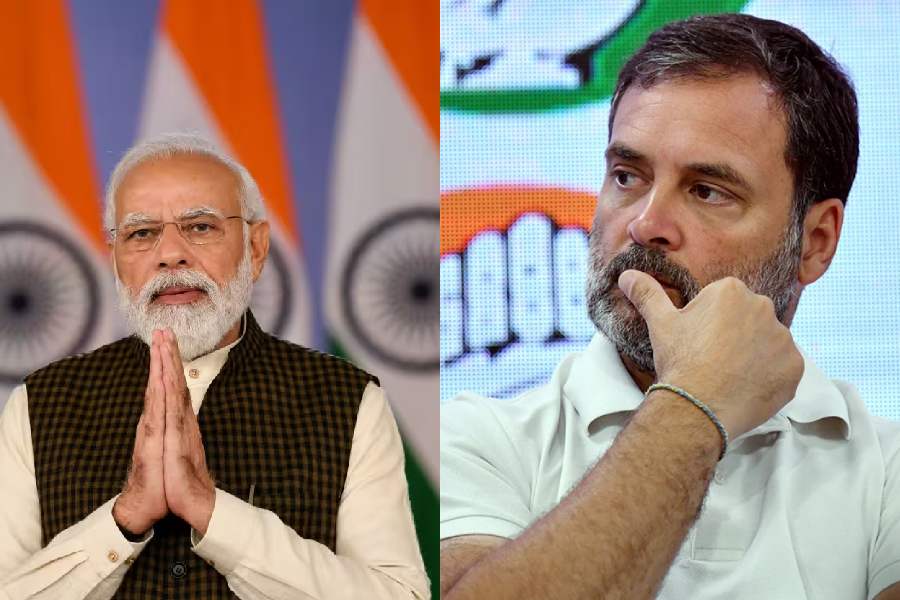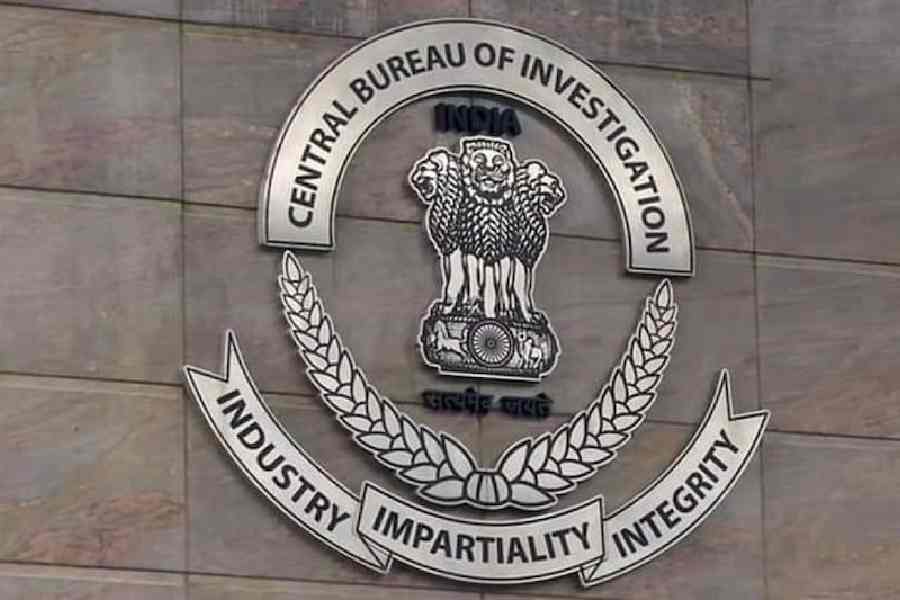The Indian economy has started to lose steam ahead of a crucial general election with the Central Statistics Office estimating that the growth rate in the third quarter of 2018-19 (October-December) had tumbled to 6.6 per cent — the slowest pace in the past five quarters.
The CSO also trimmed its growth forecast for the full year ending March 31 to 7 per cent from its earlier projection of 7.2 per cent.
Officials have said the downward revision in the yearly forecast means the growth rate in the fourth quarter (January-March) will come in at a tepid 6.4 per cent.
A Reuters poll of economists had forecast growth of 6.9 per cent for the latest quarter.
The growth rates for the first and second quarters have also been cut.
The CSO cut the growth rate for the April-June quarter to 8 per cent from 8.2 per cent earlier, and that for the July-September quarter to 7 per cent from 7.1 per cent.
The Modi government — which has used the recent air strikes in Pakistan as a way to restore its crumbling image because of a patchy record on the economic front — will have to face a restive electorate with clear signs of a deepening farm crisis.
Farm sector growth is projected to plunge to 2.7 per cent in 2018-19 from 5 per cent in the previous year.
“Agriculture continues to face the withering consequences of price deflation. Low prices have deepened farm sector distress,” said Biswajit Dhar of the Jawaharlal Nehru University’s Centre for Economic Studies and Planning.
Some economists believe the GDP growth rate for the full year may tumble below the level of 7 per cent projected by the CSO.
“We are heading for a sub 7 per cent GDP growth. We know that the export sector has remained stagnant, investment in the domestic economy has been sluggish and borrowings by industry have badly slowed,” said M. Govinda Rao, former member of the Prime Minister’s Economic Advisory Council.
The manufacturing sector grew at 6.7 per cent in the third quarter against 8.6 per cent in the year-ago period. Similarly, mining and quarrying growth dipped to 1.3 per cent from 4.5 per cent.
However, the report said that manufacturing sector growth in the full year would be higher at 8.1 per cent against 5.9 per cent in the previous financial year.
The construction sector grew 9.6 per cent while the financial services sector witnessed a growth rate of 7.3 per cent.
“There has been some growth in manufacturing and construction but this is not reflected in the gross fixed capital formation. And this means companies are not adding new lines or new factories,” said Rao.
Gross fixed capital formation (GFCF), an indicator of investment, at current prices is estimated at Rs 55.02 lakh crore in 2018-19 against Rs 48.97 lakh crore in 2017-18. At constant prices (2011-12), the GFCF is estimated at Rs 45.50 lakh crore in 2018-19 against Rs 41.37 lakh crore in 2017-18.
“The main cause of the weakness was the slowdown in domestic demand. Private consumption and government spending growth both eased, while investment growth was broadly flat,” said Shilan Shah, Senior India Economist, Capital Economics.
Consumer spending, which accounts for near 60 per cent of the economy, slowed to 8.4 per cent in the December quarter compared with a revised 9.9 per cent increase in the previous July-September 2018 quarter.
Meanwhile, the per capita income in real terms (at 2011-12 prices) during 2018-19 is likely to grow to Rs 92,718 as compared with Rs 87,623 for 2017-18. The growth rate in per capita income is estimated at 5.8 per cent during 2018-19 against 5.7 per cent in the previous year.
Economic issues had taken the centrestage in India ever since a deleterious demonetization of 86 per cent of India’s currency by value was carried out a little more than two years ago, which was followed up by a chaotic introduction of the goods and service tax (GST) regime, which was framed as a reform measure but fell short of expectations.
Last year, India recalculated its GDP data for the past one-and-a-half decade in an exercise which many saw as a questionable bid to downgrade growth before the BJP-led government came to power.
Earlier data had suggested the country’s economy had grown at a faster clip during former Prime Minister Manmohan Singh’s tenure.










